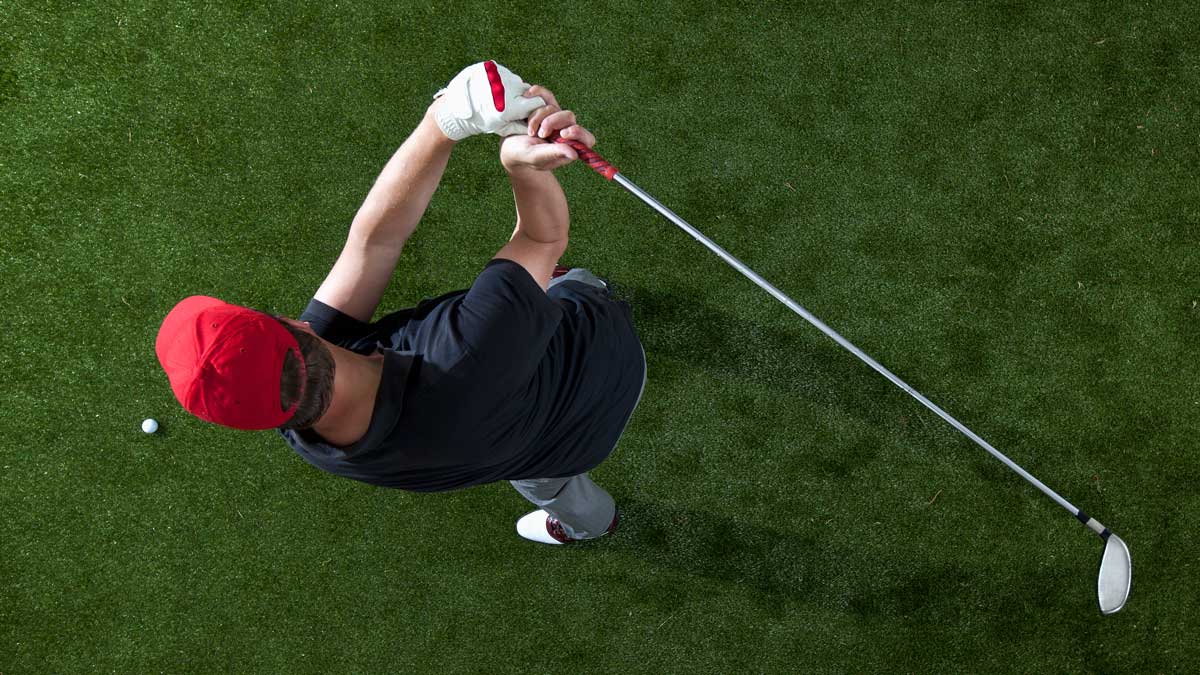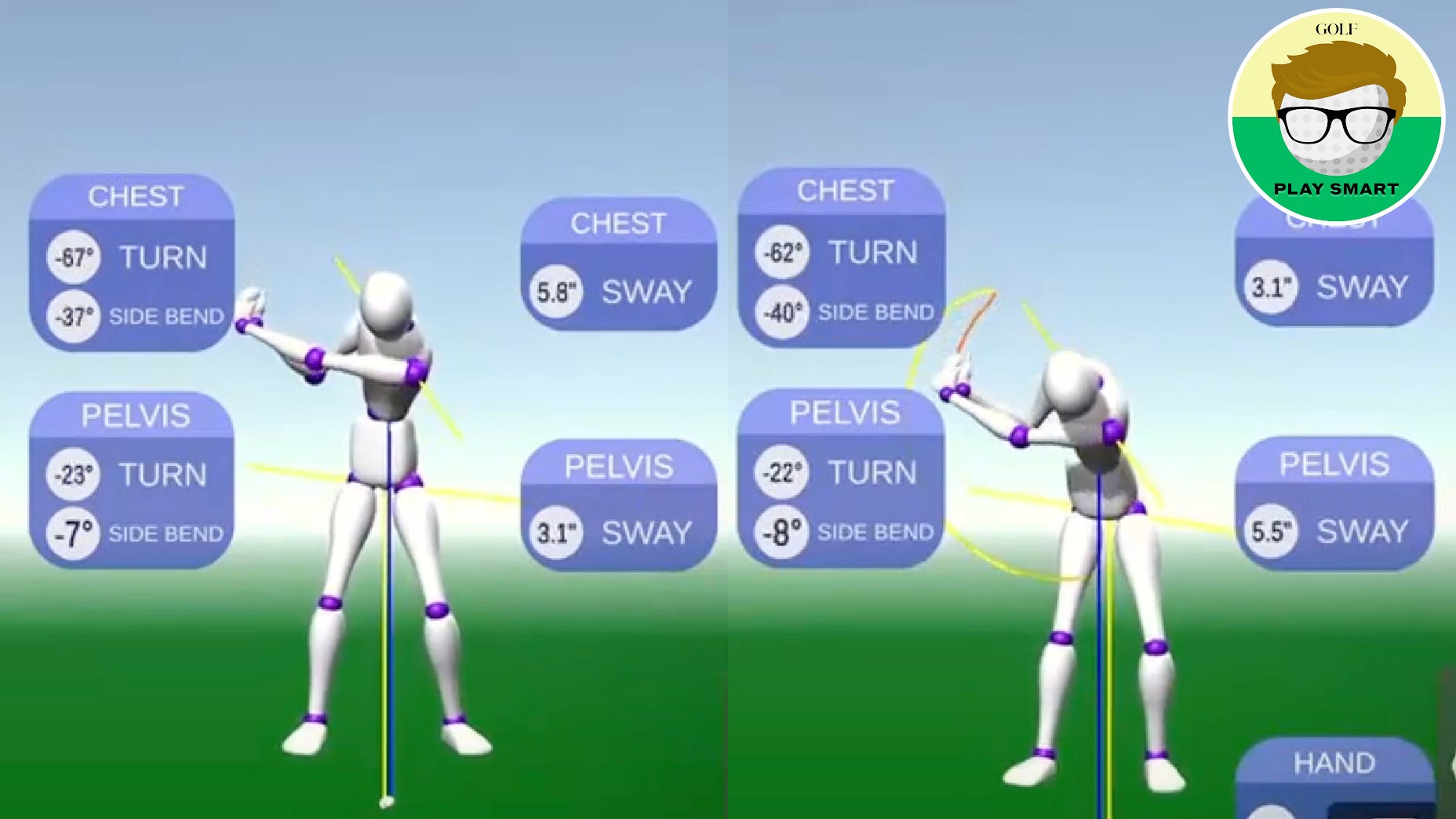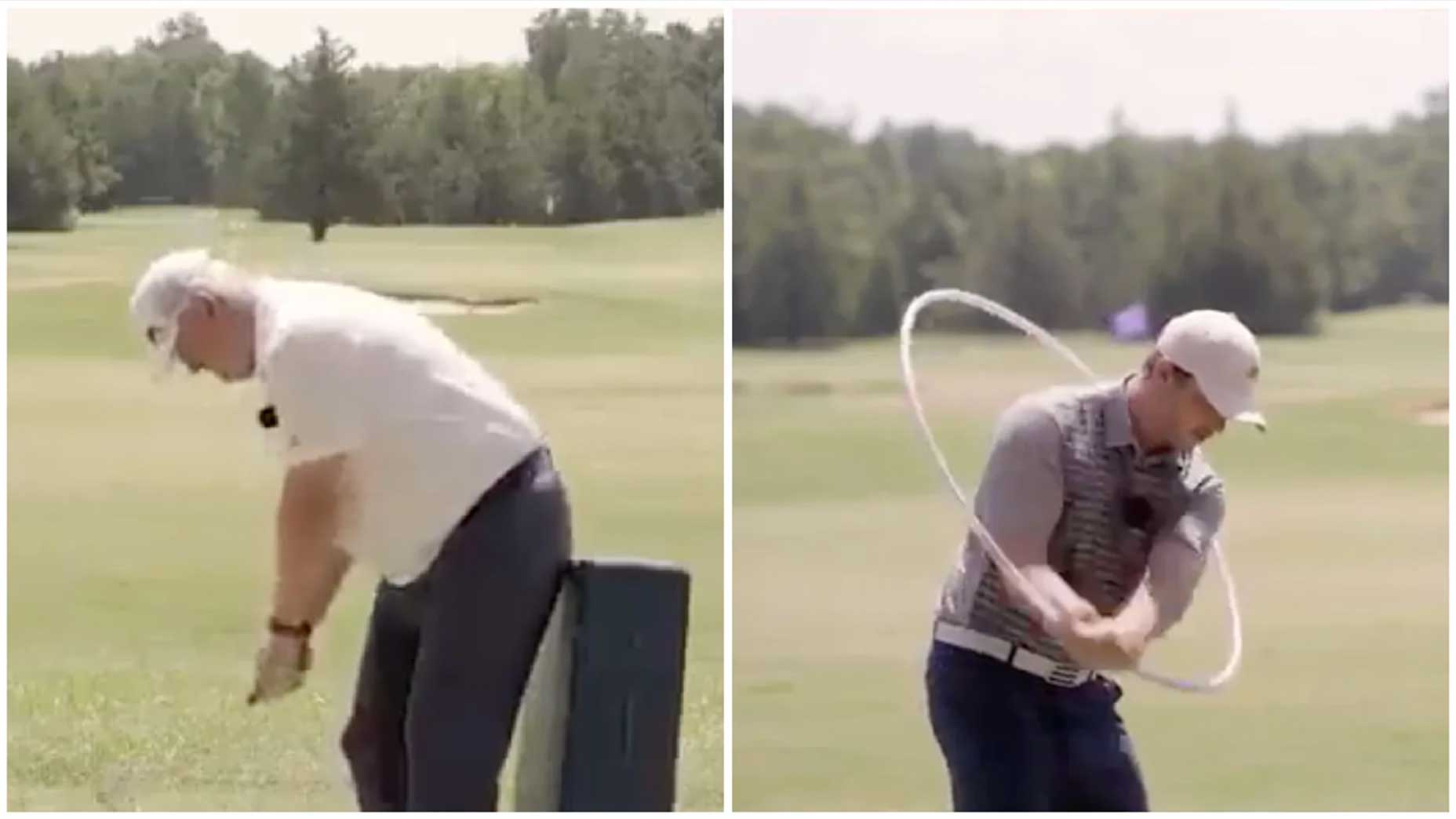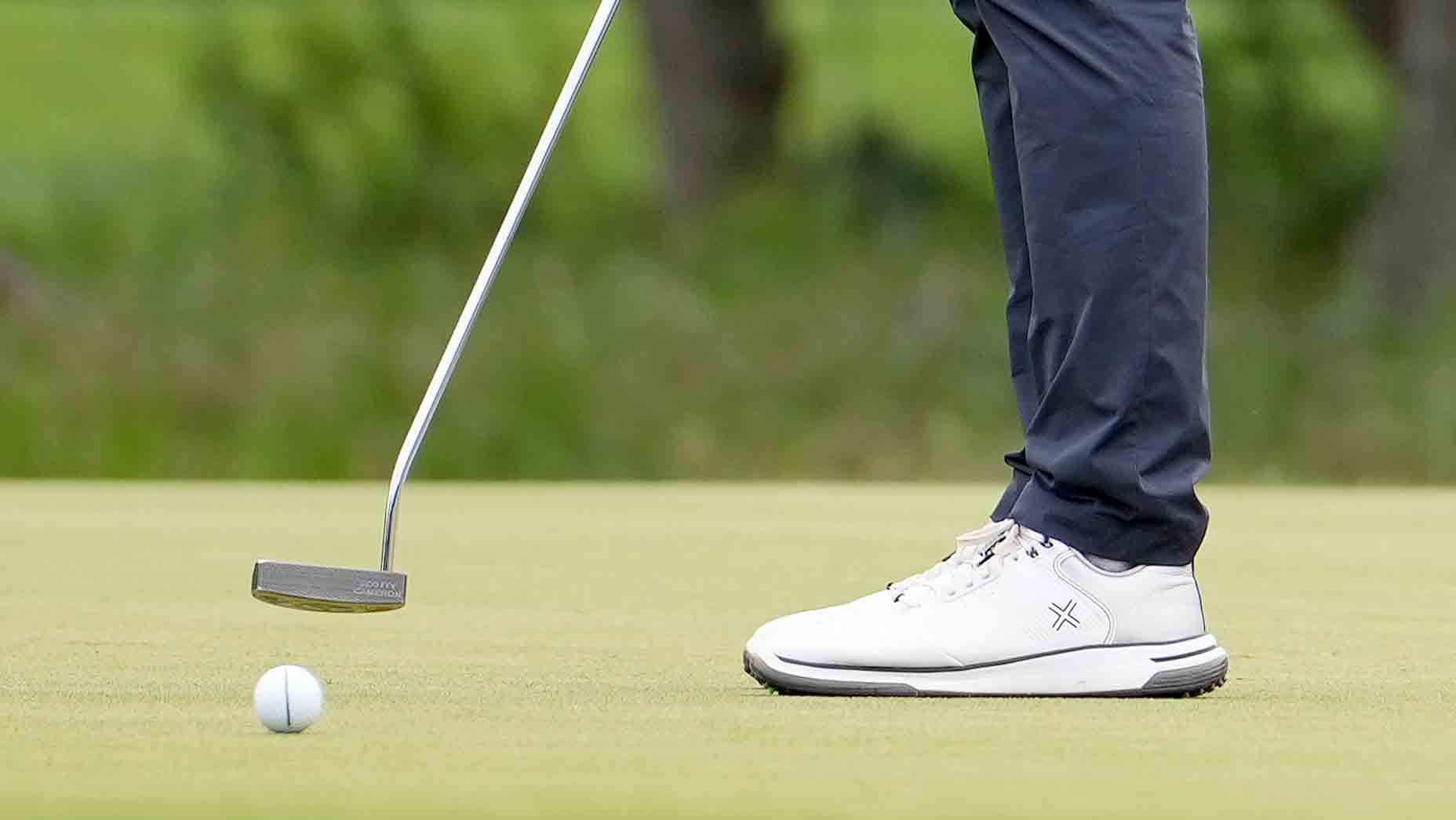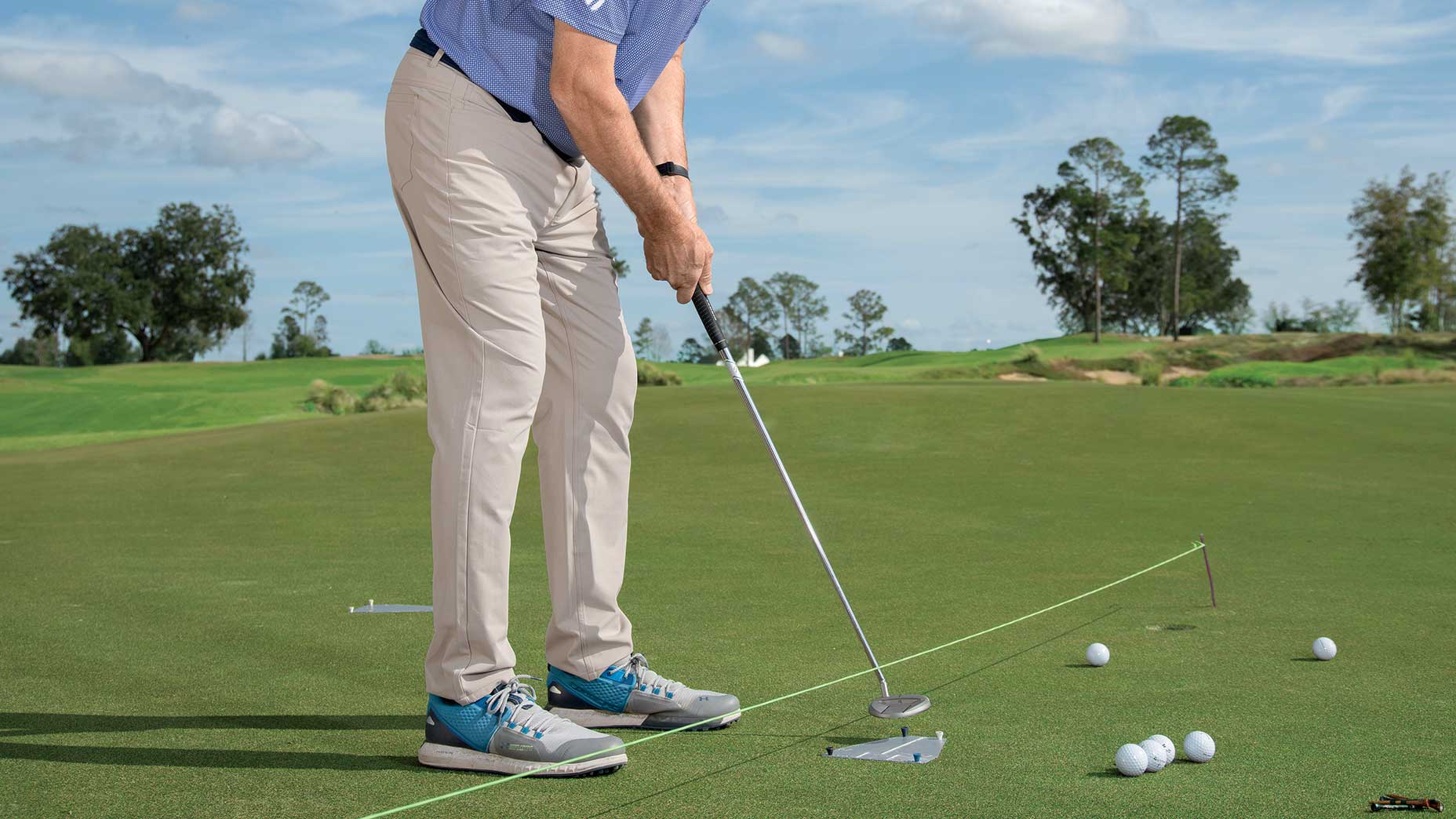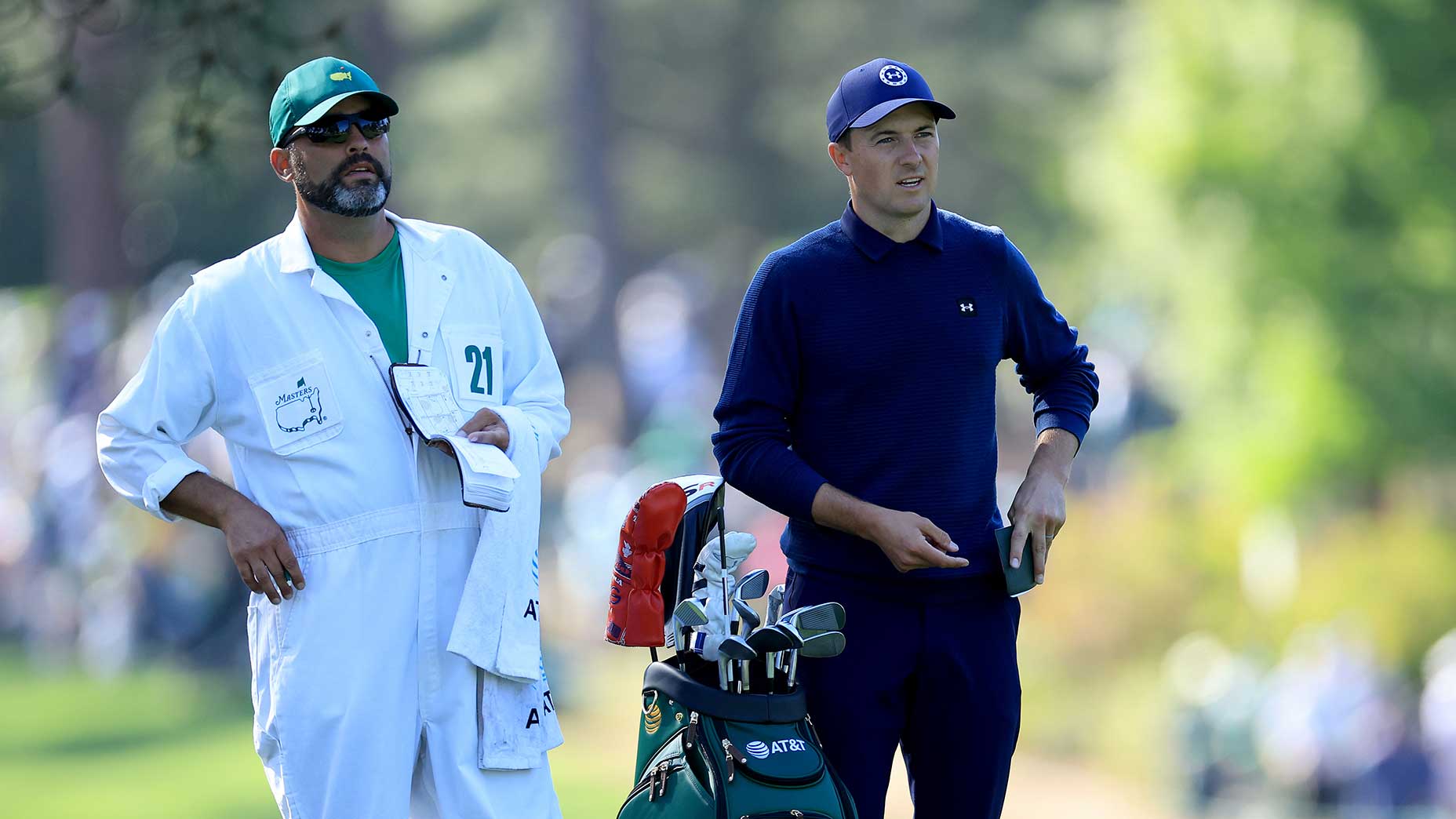If you’re like most golfers, you likely have a hole in your game — and it’s in your head! I call it the law of intention and attention.
Upon meeting a new student, even if he or she has been playing for years, I’ll always ask, “What are you paying attention to during your swing?”
By far the most common answer is “I’m trying not to think about anything.”
But the second most common answer is more revealing. It usually relates to controlling body parts: “I’m trying to rotate my trail arm,” or “I’m trying to create torque in my torso.”
These responses always give me pause, because while swing thoughts are fine, there’s a big difference between thinking about how to do something with a club versus what you are actually doing to make the club behave in a certain way.
This fatal mistake is causing your slice, according to state-of-the-art technologyBy: Luke Kerr-Dineen
To hit the ball properly, you need to swing the club so that it connects with the turf in the right place — i.e., on the target-side of the ball. There are several possible explanations for poor contact: your club is too high on the ball, too low, too far left (toe hit), too far right (heel hit, or maybe even a nice shank!), or too far behind (chunk).
How you process that information — and react to it — is the key to improving.
Let’s take a common swing flaw: the dreaded slice.
If you’re a slicer — and assuming your grip is not the culprit — try this fun exercise. Hit that slice on purpose! But don’t change your setup at all. As you swing, focus only on opening the face. Then, over the course of several swings, experiment with opening the face at different moments: in your backswing, at the top of your backswing, in your transition, etc. The goal is to “catch yourself in the act” by heightening your awareness of the action that’s causing the clubface to be open at impact and the ball to slice.
Now, do just the opposite. Shut down the face. If you make the ball hook hard left, don’t call it a bad shot. Instead, rejoice! That’s what we’re trying to do here. You’ve, in fact, done a fantastic job of getting rid of your slice.
Top 100 Teacher: These 3 drills will ‘simplify’ your golf swingBy: Luke Kerr-Dineen
Once you’re comfortable both intentionally slicing and hooking the ball, you can then start to home in on correcting your clubface position relative to the club path.
As the old saying goes, “To explore is to learn. Everything else is just information,” and that’s what you need to do to improve at golf. Hit the slice. Hit the hook. Hit it straight — by which I mean straight enough. This process of changing your intention from shot to shot and making adjustments as needed serves a dual purpose: You are learning both how to pay attention and how to execute shots.
Don’t worry about trying to hit the ball perfectly straight. Even the girls and guys on tour can’t figure out how to hit their marks every time. You’re always going to have shots that stray from your target — the goal should be to reduce your shot dispersion.
And that process starts with paying attention — during every swing! — to what you had intended to do.
